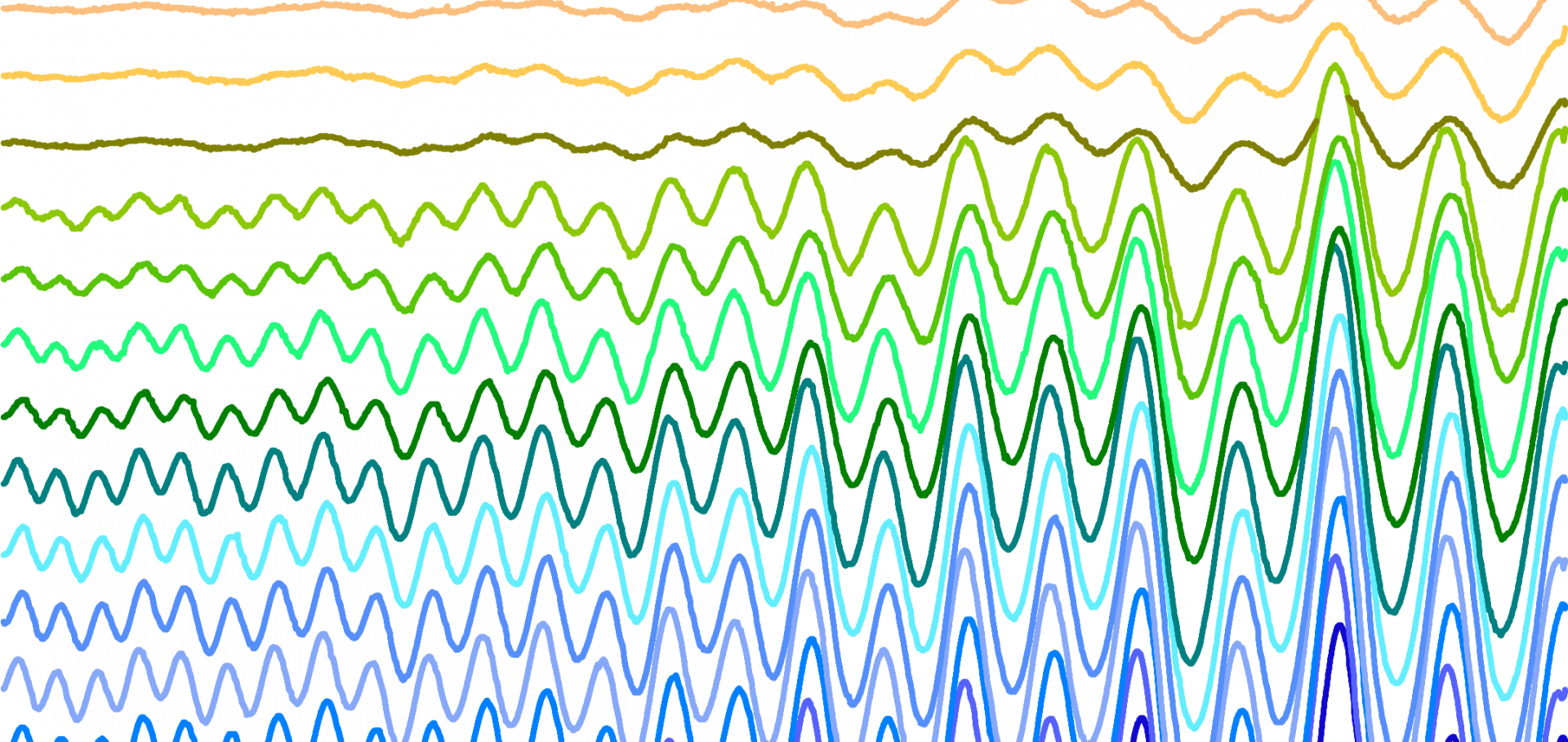Anisotropic fluctuations and quasiparticle excitations in FeSe 0.5 Te0.5
Physical Review B - Condensed Matter and Materials Physics 82:10 (2010)
Abstract:
We present data for the temperature dependence of the magnetic penetration depth λ (T), heat capacity C (T), resistivity ρ (T), and magnetic torque τ for highly homogeneous single-crystal samples of Fe1.0 Se0.44 (4) Te0.56 (4). λ (T) was measured down to 200 mK in zero field. We find λ (T) follows a power law Δλ∼ Tn with n=2.2±0.1. This is similar to some 122 iron arsenides and likely results from a sign-changing pairing state combined with strong scattering. Magnetic fields of up to B=55 or 14 T were used for the τ (B) and C (T) /ρ (T) measurements, respectively. The specific heat, resistivity, and torque measurements were used to map out the (H,T) phase diagram in this material. All three measurements were conducted on exactly the same single-crystal sample so that the different information revealed by these probes is clearly distinguished. Heat-capacity data strongly resemble those found for the high- Tc cuprates, where strong fluctuation effects wipe out the phase transition at Hc2. Unusually, here we find the fluctuation effects appear to be strongly anisotropic. © 2010 The American Physical Society.Dimensionality-driven spin-flop transition in quasi-one-dimensional PrBa2Cu4O8
(2010)
Quantum oscillations probe the normal electronic states of novel superconductors.
Philos Trans A Math Phys Eng Sci 368:1924 (2010) 3503-3517
Abstract:
In 2008, new classes of high-temperature superconductors containing iron have been discovered. These iron pnictides offer a new area of exploration and understanding of superconductivity. Quantum oscillations is a bulk probe that allows us to map out the full Fermi surface of a superconducting system in its normal metallic state. These oscillations are determined by the Landau quantization in high magnetic fields and are usually observed at very low temperatures and in very clean samples. By knowing the exact nature of the quasi-particles in the normal state and the degree of electronic correlations, one can simplify and restrict theoretical models required to understand the pairing mechanism in superconductors. I will discuss the current understanding of the Fermi surface studies in iron-based superconductors as determined from quantum oscillations.Anisotropic fluctuations and quasiparticle excitations in FeSe_0.5Te_0.5
(2010)
A chiral ferromagnetic molecular metal.
J Am Chem Soc 132:27 (2010) 9271-9273


